Philly Cocktails! Now Madre Mezcal offers a Gateway to a Better Taste
Today’s conversation is with Ryan Fleming from Madre Mezcal. The LA nightlife veteran reveals his time working behind the bar in some of Southern California’s hottest spots, as well as the inspiration that got him to travel to Mexico, discovering Mezcal.
The aroma, flavors, science and food pairings for Mezcal.

Love Tequila? Discover the Gateway to better taste with Madre Mezcal’s Ryan Fleming
This conversation has been edited for length and clarity. For the full, unedited conversation, visit our YouTube Channel.
“…I’ve been a big Mezcal lover before I ever sold it…”
Joe Winger: Can you share the behind the scenes or how the brand itself was created?
Ryan Fleming: I’ve been a big Mezcal lover before I ever even sold it or made a dollar doing that. So I got to actually meet Ron Cooper, who is the legend that started the Del Maguey label back in 2011.
I got to drink rabbit Pachuca with him and all these other amazing things. The reason I bring him up is he’s a kind of one of the people that we look up to, how to sustainably bring a brand and how to create culture that crosses boundaries in a sense.
He has a beautiful book that I recommend anyone to read if you haven’t read Ron Cooper’s book.
But we share a similar story. One of our founding partners, Tony Farfalla and one of my good friends, Stefan Tony’s an artist and he was literally traveling through Oaxaca doing documentaries and embracing the art and culture. He happened to meet Jose Morales, which is the first family we ever worked with.

If you have original bottles of Madre [Mezcal] before the labels have changed, it used to say Jose’s name on the bottle.
So Tony was bringing bottles back to Brooklyn in plastic water bottles and it snowballed. His friends in Brooklyn were like, this stuff’s great. Started out in plastic water bottles in 2014. I think it was 2016 when our first glass bottles actually came by and we became like of a more legit brand and company. But it started with Tony and Stefan; and they brought on our CEO and COO, Chris and Davide.
Chris actually is one of the founding driving forces in the electronic scene in the 90s in Europe. Chris comes from a very artistic, music based background. Then he went on to work for some bigger alcohol brands in the vodka world.
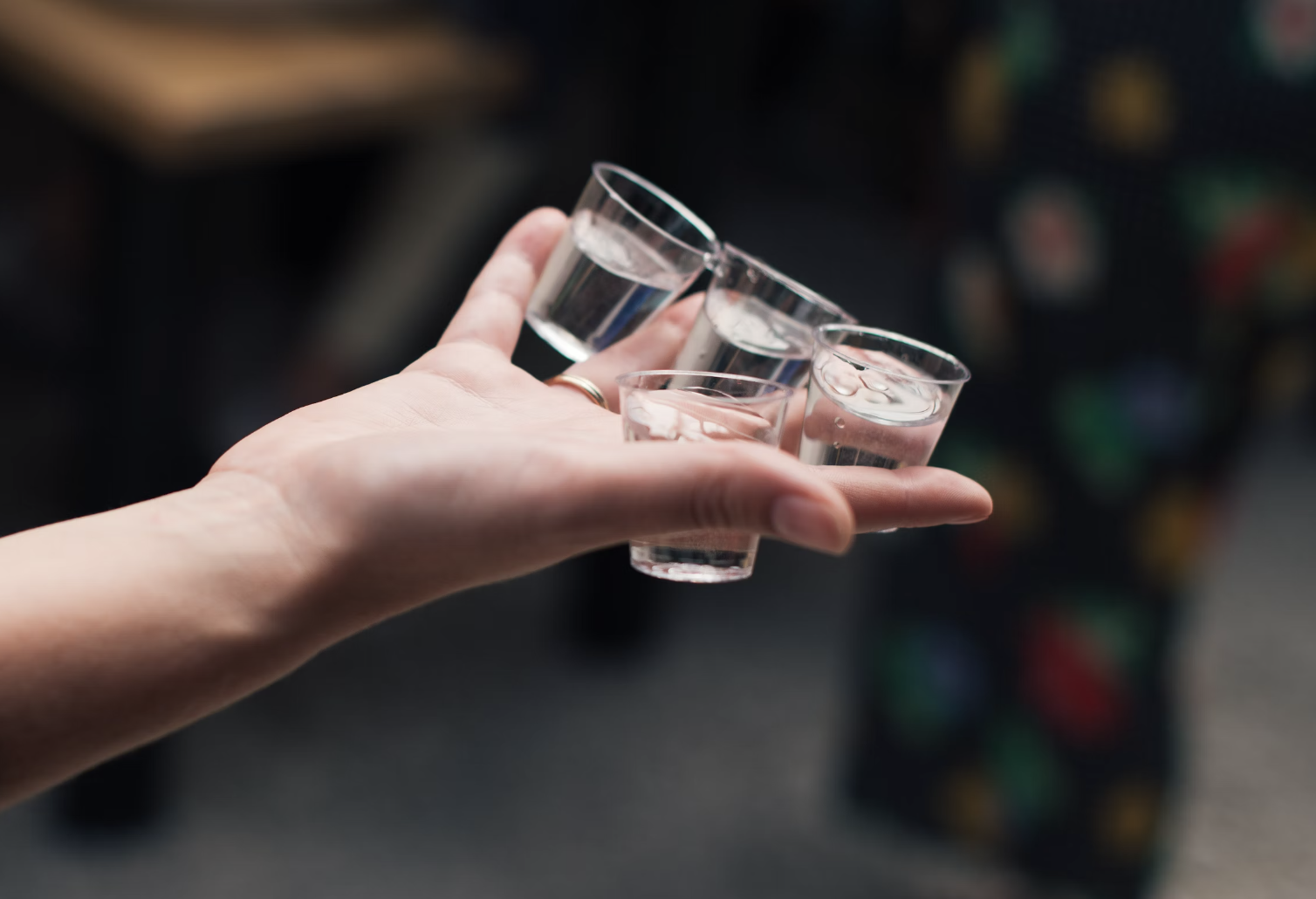
Davide, who is our COO, my direct boss, who I love, is Italian and his whole family built furniture and he got his big break by importing and bringing furniture over [to the United States]. He also works with a beautiful high end apparel line.
“…everyone has a very unique artistic background, which really reflects the brand and the label…”
So everyone has a very unique artistic background, which really reflects the brand and the label. Just not wanting to make a quick buck and actually make something we can stand behind and believe in.
As the families now blossom into four, we use three: the Vasquez family, the Blas family and the Morales family are our three main producers for our red and black label, which most people are familiar with.
We just brought in Moises and he’s actually from Santa Catarina Minas. That’s a little town where all they really make is their production. It’s a town known for nothing but clay pot distillation. So if you actually use a copper pot in, in Manera and Santa Caterina Minas, you’re looked at as what are you doing? That’s not what we do here.
He’s our last and newest producer and he may be the most cowboy of them all, and he’s my favorite.
When you get to Tlaxcala, you have to walk over like a little rope bridge over like a river and stuff into the hills of Minas to see his production, and he’s got his grandfather’s old still, and he’s got his mom’s little kitchen that he wants to reopen, and it’s like a restaurant. But if you and I were to look at it, it just looks like a backyard set of tables and chairs with a cooking center.
No, this is a restaurant for the village. It’s really beautiful down in Minas. I recommend everyone, if you get a chance to go down there, it felt like the jungles in Costa Rica, cause it’s up near the hills and it’s just so green and lush up there.
“…I’ve been working in the alcohol industry for almost 15 years …”
Joe Winger: What got you down there? Was it for a vacation or for Mezcal?
Ryan Fleming:
So I’ve been working in the alcohol industry for almost 15 years and I worked for the Houston Hospitality Group for over a decade, helping run programs and menus. I worked for a couple other restaurants, but I used to work for Stillhouse Whiskey, which many people remember the terrible flavored moonshine in a gas can.
Yeah I actually sold that. I did pretty well, there was always one flavor that someone loved. I had the mint chocolate chip and I would keep it in the freezer to take care of my sweet tooth when I didn’t have ice cream. So that’s how it started.
My buddy, Stefan, who’s one of the founding partners goes, “Hey, we got this Mezcal company.” I was just basically consulting for free lunches.
One day he goes, do you want to go to Oaxaca? And I went, absolutely.

I familiar with going down to Mexico city, but I’d never been as far South as Oaxaca. So I jumped at the chance.
[Meanwhile] we all got an email from Stillhouse saying “Hey, I know things are being shaken up right now, but trust me, everything’s fine. Don’t worry about it.”
That weekend, apparently the whole team got laid off, but I didn’t get the email untll I came home Monday. They’re saying, “Ryan, are you going to be okay? Do you need help finding work?”
So I went down to Oaxaca, met the families, broke bread with Jose Morales, got to meet his mother who blessed the roast and cooked us dinner. They offered me a job.

That was started my journey about six years ago with Madre [Mezcal ]and I’ve been with him since.
Fleming motions to tattoos on his arms and hands.
Discovering Madre Mezcal
I have it tattooed on my hand right here. I have it tattooed on my palm right here. And I think I have another one on the inside of my leg too. We do tasting events and we’ll have pop up tattoo artists all the time.
Tequila vs Madre Mezcal
Joe Winger:
You mentioned the tastings and the education. Are there quick lessons that you teach the most often?
Ryan Fleming:
Basic production, culture, financial, environmental and economic sustainability.
I don’t think people understand that Oaxaca is the second poorest state in Mexico. Everyone thinks the Mezcal boom must be bringing so many jobs, but it really only affects about 20 – 40,000 people that live in Oaxaca for the production,
Mezcal is great because it does bring some financial sustainability to the families. Jose started off driving a taxi to pay his bills and now he’s making Mezcal in his family’s tradition. His whole family, his cousin, his uncles, they all make Mezcal for a living now.

There’s so much culture behind it. Even the old argument of did the Spanish bring over copper stills and that started distillation or does it go back to the Aztecs and Mayans? Because they found distillate and pottery from 3000 years ago. It’s those little nuances.
People really like to talk about the environmental, but giving back to the people down there by not just buying product, but giving them some ownership, which Madre does do, so that everyone has a little bit of skin in the game.
So I think Sustainability, whether it’s environmental, economical, cultural, and production. Those are the things I really like to talk about.
Joe Winger: What is the basic difference between mezcal and tequila? Or is it more complicated?
Ryan Fleming:
You could say production techniques, additives, mass production are probably the three biggest differences.
Tequila can only be made with one agave. It’s a blue weber. Mezcal can be made with the other 47-ish varietals, and that number is always fluctuating, based on classification and family genius.
Production is the big one. Tequila is made in massive factories and made with either chemicals or steam for the most part.

Whereas mezcal is actually made by hand, roasted in an earthen oven. The biggest thing that separates Tequila and Mezcal is the 1% additive rule.
Tequila can have up to 1% by volume additives, and they don’t have to tell you. That’s why certain large brands will say 100% Agave, but it’s full of additives, because it doesn’t take much with modern chemistry. Just a couple drops of glycerin or vanilla extract to change the flavor and hide all the nuances.
Mezcal can’t have any additives by law.
Joe Winger: Can we walk through the roles and responsibilities between the families that produce Madre Mezcal?
Ryan Fleming:
Yeah, the four families. Let’s start with Jose Morales. Him and his brother both make mezcal. Now they produce for us in the US exclusively. We encourage all of our families to continue making mezcal to trade. They use it for a local economy.
Every time I go down there, [their operation is growing]. When they started, they had three stills. Now there’s 12 up and running and they have solar power. It’s just so crazy to see how much the transformation has happened.
The original recipe, the blend of cuishe and espadine at 90 proof, that’s his family’s recipe. So we expanded that and we brought on Carlos Blas and the Vasquez family. Unfortunately, Natalio the father passed away a couple of years ago.
His daughters are now producing in the family’s tradition and we take whatever we can from them.
But what we do, that’s a little bit different is, we started out when it was just Jose, he was making the blend himself. Now we have them make the espadine and the cuishe separately.
All three families are part of the process. Sometimes we just get cuiche from Jose. Sometimes Carlos makes all the espadine, but Carlos is like a master blender.
We blend a cold style like Scotch does. Even though it’s not the most traditional way, all the distillation and process is as true as it can be.
But by blending post distillation allows us to keep consistency, which was a huge problem because every batch with your wild fermentation, your wild yeast and all these beautiful nuances, it’ll be inconsistent as you grow as a brand. It was hard for us to keep consistency.
But by blending multiple terroirs and three different families’ production, we can keep a consistent product that tastes the same as well as expanding and bringing on more families to help instead of just going to a large factory house and not making what I would call “traditional Mezcal.”
Joe Winger: So focusing on your background, you mentioned that you’ve been a bartender in the LA nightlife. Any memorable adventures or lessons you can share?
Ryan Fleming:
There are some stories I could tell that I probably don’t want to share publicly. But there are some amazing stories I can tell.
One of the oddest experiences I’ve ever had, I worked at Good Times at Davey Wayne’s, which is one of the most famous bars in the Hollywood nightlife in the past decade.
Paul McCartney showed up at our door.
But because our staff is younger and our door guys are a little bit younger, they thought it was an old weird British man that just showed up and they turned Paul McCartney away from the door.
‘Holy crap, is that Paul McCartney’?
He was like, do you know who I am? The guys [were like] ”We don’t care.” Like straight up, blowing Paul McCartney off. One of our managers came out and was like, ‘Holy crap, is that Paul McCartney’? And they’re like, wait, the guy from the Beatles?!
My manager ran out, “Please come back,” and Paul had a great time at the bar. We got him a special little area to sit down. It was a packed Saturday. It’s not a nightclub where we have gated off [areas]. Even if you reserve a table, people are inches away from you where you’re sitting at your table.
Justin Bieber showed up one time and everyone went nuts. He comes in, walks around, does a loop, comes out and goes, “I thought this was a hip hop club.” and just left.
It was a 1970s themed bar and we played nothing but 70s music.
The dichotomy between the two different generations and to see them all melt into one location was one of the coolest things about working at that bar.
Joe Winger:It’s so crowded because it’s so popular. The Houston Brothers always do such a good job.
Ryan Fleming:
Yeah. The cocktails are still really good too. For as much volume as we used to do there, the biggest thing is how can I make a really beautiful cocktail that’s still cost effective and doesn’t take 12 steps. We got really good at batching stuff and figuring out how to infuse things. Luckily our back of house was just the most amazing. Mariano is the best barback I’ve ever had in my whole life. He’s still there.
He is just a workhorse that got all the infusions. He would cook, he would infuse all of our products and he was just great. Even if we just did a jalapeno infusion on our tequila, if it got too spicy, he could break down the ratio and water it down with more products so that we could keep the spice level approachable.
Joe Winger:
What is the secret to high quantity yet high value cocktails?
Ryan Fleming:
Batching is definitely the way to do it. Any of your alcohols that are shelf stable, you want to put all of those in the proper ratios in a bottle.
Instead of grabbing a modifier and your base spirit and another modifier, you’re grabbing one bottle with a special tape at the bottom, so you know which cocktail it goes to and then all your fresh stuff.
You can’t batch the fresh stuff. It has to be separated because you put citrus in something and it goes bad in three days. Now the whole batch is bad. So keeping your fresh stuff separated.
Joe Winger: Back to Madre Mezcal. Obviously the bottles themselves are where all the power is. So let’s talk about labels and taste profiles.
Ryan Fleming:
People love our labels. Our branding is top notch. It’s one of the first compliments we always get. “Oh my God, I love your branding.”

Madre Mezcal Artesanal
Looked at Oaxacan culture and some other like medieval culture and combined the art from the two.
As far as the red label it’s the woman on the bull. It’s a really beautiful message of Mother Earth coming down and starting to share humanity and move across the world to plants and spread love. That’s why she’s on the bull. It’s the combination of animal, Mother Earth, and humans.

Madre Mezcal Espandin
The black label is a beautiful logo of a woman on the ground. She’s planting and spreading the seed of life that gives us agave and flowers and fruit and vegetables and everything else.

Madre Mezcal Ancestral
The ancestral is this beautiful clay bottle with old clay vessels from Greece that carried wine with the fluid coming out and it’s supposed to celebrate the ancestral way of making mezcal and clay pots and clay distillation.
I always love telling the story of people who say mezcal is not supposed to be aged, which is a true-ish statement in my opinion. But back in the day, everything got transferred in barrels. So Mezcal would accidentally get aged in barrels because it would travel from town to town on horseback after the product was made.
So the idea that Mezcal was never aged is it wasn’t aged on purpose.
Mezcal was accidentally aged in wood. The traditional way that people would age Mezcal is in glass and they would hide it underground.
I always tell people, if you have a beautiful bottle of Mezcal, you should open it and take it out and put a wine cork in it, or at least crack the bottle and get some air because it really lets alcohol open up and aerate.
Mezcal benefits from a resting period. Pouring it in a nice open glass, like a snifter or a wine glass, letting it sit for about 5-10 minutes will really open it up.
Madre Mezcal tasting notes
Madre is designed to be less smoky. I really hate the term smoky. I like the word roasted because what you’re tasting is like barbeque.

You’re tasting the roasting of the agave and the charcoaling and the burning of the outside agave which will affect the sugars, the caramelization.
Madre really was designed to be a more approachable mezcal. We call ourselves ”The gateway to the category.”
We want to bring people from tequila over to Mezcal so you can explore what agave spirits also have to offer.
It’s bright, clean, and smooth. I always compare it to a really nice, made tequila.
Our Espadine is actually a close cousin of [tequila’s] Blue Weber. It tastes really bright, clean and smooth. But you’re going to get some of that minerality and smoke in the end.
Like easy drinking with some earthy aromas.
Joe Winger: That night when I met you, what you handed me was my first taste of the night. I love that it was so pure and smooth. It didn’t clog up my mouth for the rest of the night.
Ryan Fleming:
I’m like you. I want to have 2-3 cocktails a night. Not just one and my palette’s done.
Our Espadine to me is a 2-3 second palette. It clears up and you get like a breath and it’s fading. Our Ensemble goes on for 10- 12 seconds. From sweet vanilla to chocolate to mineral and then to smoke. Then the smoke fades and you get just a really beautiful, crisp. It’s viscous. You can feel the oil in your mouth when you swirl it around and it makes the best Negroni.
Joe Winger: Let’s talk about food pairings.
Ryan Fleming:
I want to know if this caught you off guard, but it’s Italian food.
Very rich foods. These beautiful Mezcals are light and almost floral and fragrant, It cuts through the richness and creaminess of food.
That’s why mezcal and chocolate are consistently paired together, but that was just way too easy. There’s always mezcal chocolate pairings, but like a really nice Italian dish, something creamy and rich, like an Alfredo or a really well done piece of pizza, like a margarita or a white sauce pizza.
“…I want to know if this caught you off guard, but…”
We are working on doing some [pizza] pairings with some places in LA. Do a different slice of pizza with three different cocktails of Madre and then have a tasting at the end.
Chocolate has a big part of Oaxaca too. You can’t not have some chocolate and mezcal at the end of the night.
Espresso martinis are so hot again right now. Try making one with mezcal instead of vodka and just [see] how coffee helps open up the agave and the notes, and you’re going to get so much more going on in your cocktail.
If you pair a nice espresso martini with beautiful, dark chocolate from Oaxaca. That is your final cocktail at the end of the night, it won’t let you down.
Joe Winger: You mentioned replacing Mezcal with vodka in a martini, are there any traditional or more common cocktails we should also try replacing Mezcal in?
Ryan Fleming:
When I tell you this, it may blow your mind. Most gin cocktails are a little bit better with Mezcal.
There are certain times you need botanicals, but a lot of really good classic gin cocktails, if you sub them for Mezcal, are absolutely fantastic.
Joe Winger: I’m shocked because most gins have such unique aromatics.
Ryan Fleming:
Which Mezcal has so many of those same unique terpenes going on that it changes the cocktail, but it works.
So instead of having botanicals, you have all these beautiful vegetal and mineral notes that just come from agaves.
Joe Winger: What are the biggest misconceptions in the world of Mezcal?
Ryan Fleming:
A lot of people have a misconception, especially on the trade side, that we have grown exponentially. It’s been a lot of hard work. People think we have this massive team behind us. There’s less than 20 of us on the whole team. That includes our team down in Oaxaca, who watches over manufacturing and production for us down there.
We don’t have an office. We have a little tiny apartment in Venice for meetings.
A lot of people don’t understand the hard work that goes into creating a small brand. It’s just a lot of people working hard to create beautiful Mezcal, especially the families.
People [unfairly comparing it to] tequila. What do you mean, we can’t get more? Why is it so expensive? We have people going out hand collecting wild agaves and harvesting espadine. All of that is hand cut, hand chopped. I’ve hand cut agaves with the families.
None of this is industrialized or mechanized like tequila.
Appreciate every drop of mezcal you have, because someone put a lot of love and labor into it.
Joe Winger: Ryan, as we wrap up, let’s talk about where can learn more about Madre Mezcal?
Ryan Fleming:
We have a beautiful Instagram. Madremezcal.com is our website.
We also have this Instagram called mezcal. Learning and it’s a little short videos and little blurbs to talk about production, families, history, and culture. It is focused on Madre, but it’s not just Madre, it’s Mezcal as a whole.
If you want to know more about our families who produce, where it’s made, you can find all that information on madremezgal. com.
Our bottles are in most of your nicer bottle shops, liquor stores. In California, we’re lucky enough to be in Trader Joe’s for the Espadine and Whole Foods has our Ensemble.
If you can’t find it, go to madremezcal.com and we ship bottles to almost every state in the U S.
We’re in nine countries, too. Australia. All over Europe, Costa Rica. We’re working on Japan and South Korea as well. So I’m just excited to see the culture of mezcal just expand beyond just America and see how excited because I, when I talk to people that are in London or, people in Australia, and they’re so excited about the idea of being able to get mezcal.
Joe Winger: What is the future for Madre?
Ryan Fleming: I can’t tell you about the big one.
But, [exciting things for] our Ancestral, which is pretty new and every batch of that’s going to be hand numbered and labeled.
We’re going to start doing small batch productions that will be very limited. Then the desert waters, which we have ready for summer.
To learn more about MadreMezcal, visit MadreMezcal.com. Find them on Instagram at MadreMezcal





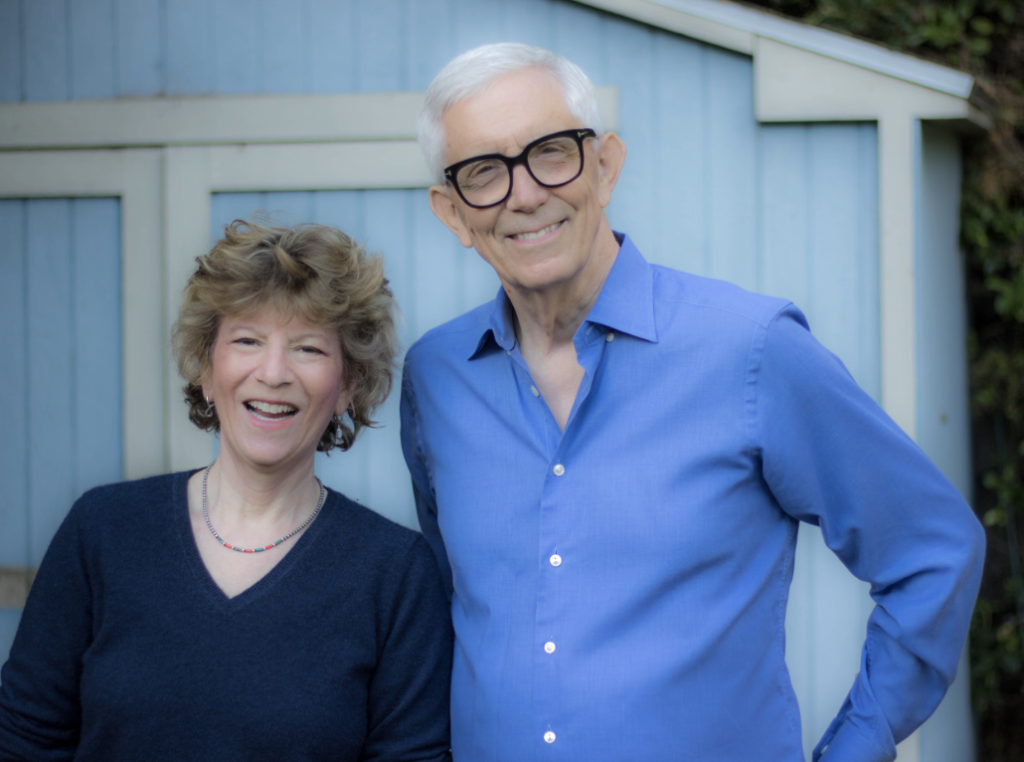



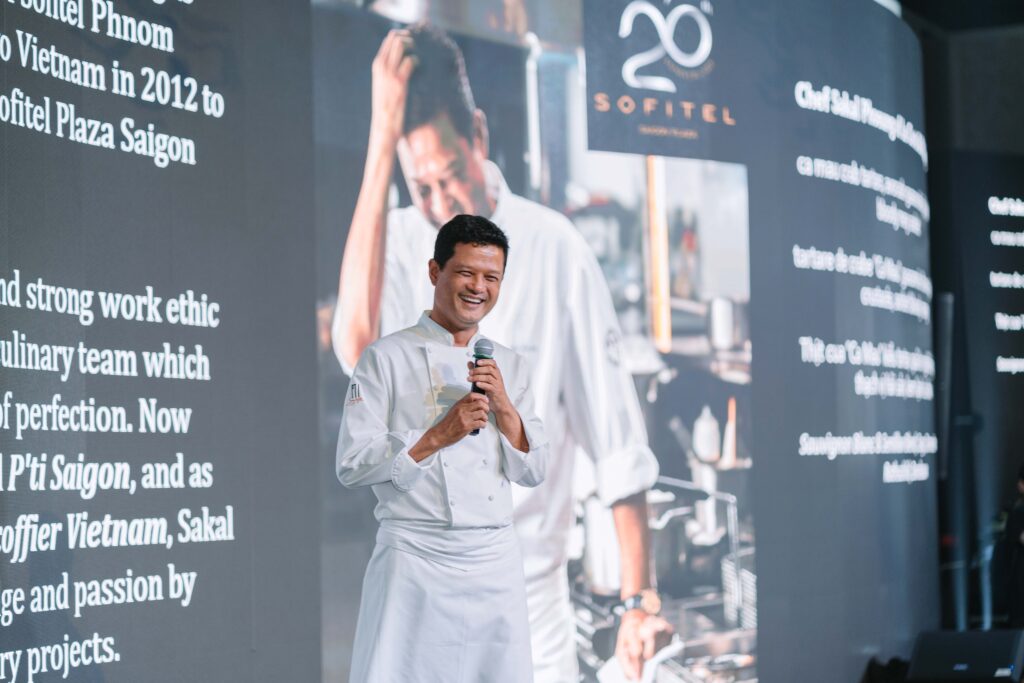

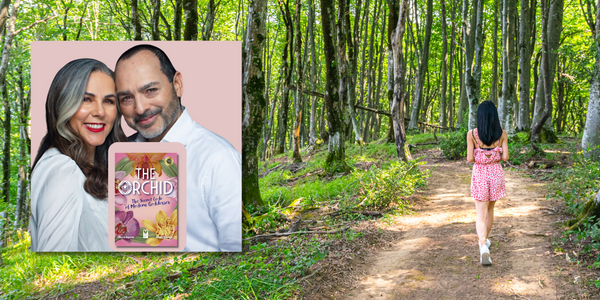

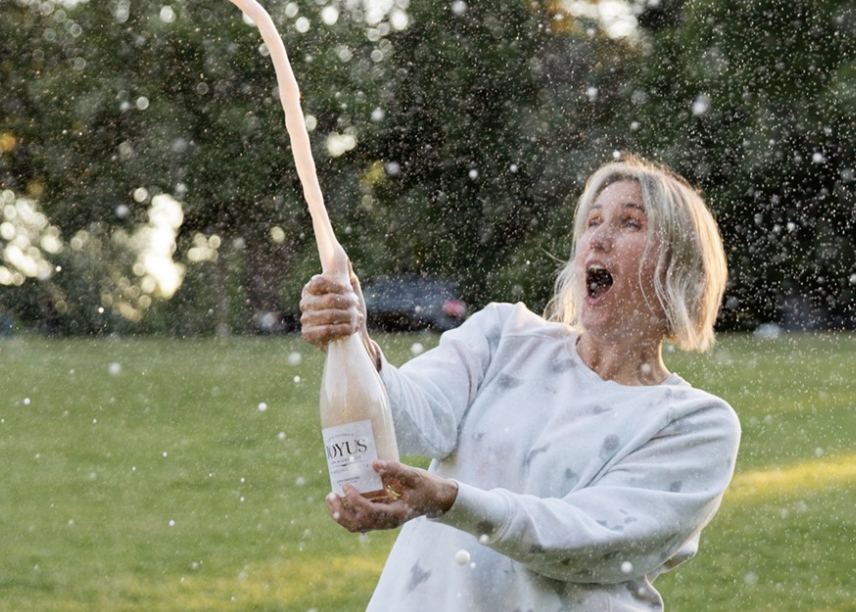





























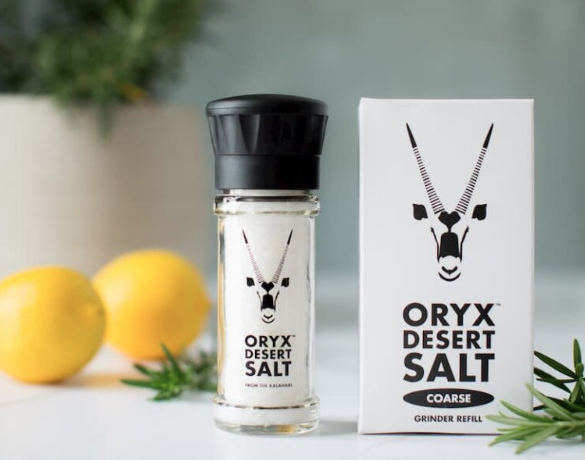


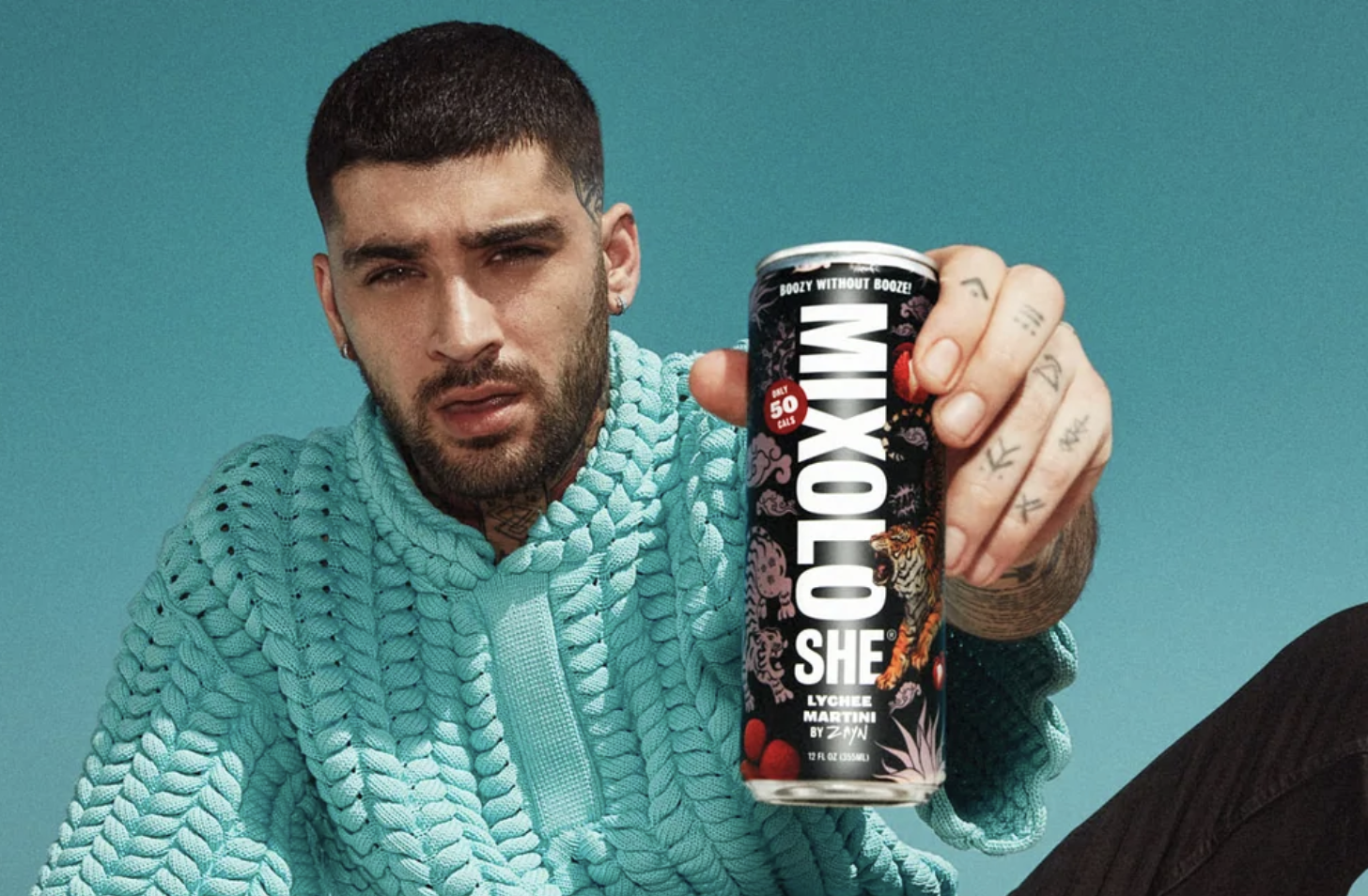









This sounds incredible. Really smart guy. Loved the comparison of tequila vs mezcal. Good stuff
Tried this mezcal lat week. Incredible flavor